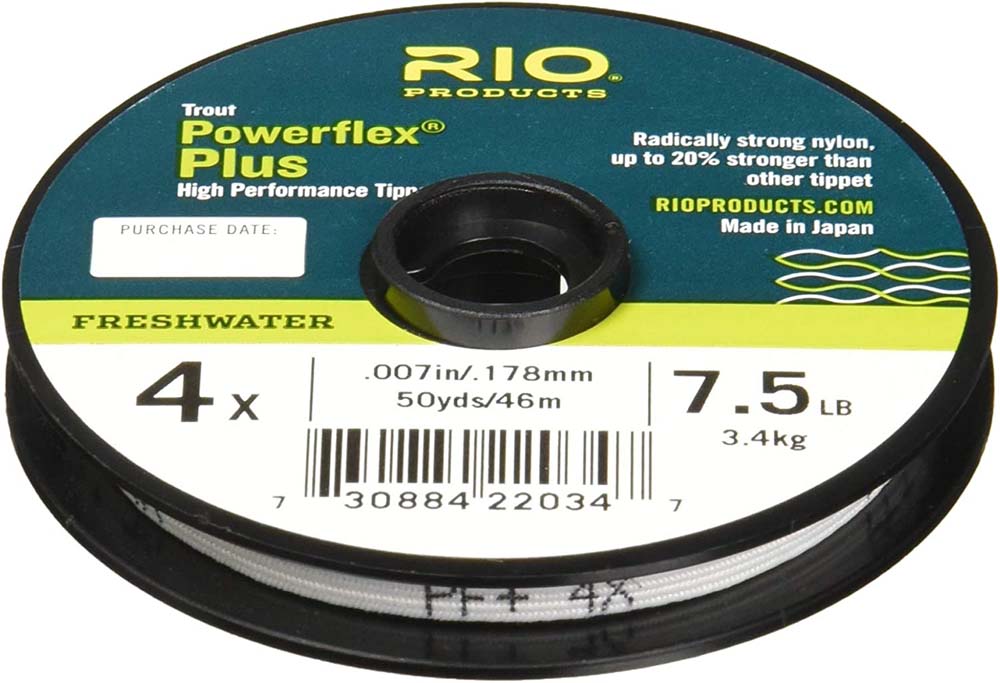
Illustration by Thom Glace – rainbow trout, brown trout, and brook trout. Used with permission.
It takes more to catch trout in a boil than to get the fly right
By Skip Clement
It was April, and I was thigh-deep in Big Pine; I had on a #14 Quill Gordon, a perfect match to the watery boil of the mayfly in the nymphal stage of life. I tried casting into the takes, around the periphery, into faster water, slower water, and not even a sniff.
John, a friendly US Steel millwright from McKeesport, Pennsylvania, whom I met the night before and breakfasted with at Cedar Inn, was catching rainbows one after the other. I noticed he was paying attention to my frustration. Finally, walking over and said: ‘Let me see. Ah,’ he said after a quick inspection, ‘your 6X mono tippet is coiling near the eye, and the line itself is creating a dark reflection from the sun bouncing off the line because it sits high in the water. You’re scaring the trout. Cut off a few feet of the mono and add a 3-foot piece of 6X fluoro – keep the fly. It’s perfect.’
 His advice was also perfect
His advice was also perfect
NOTE 1: Fluorocarbon that we use takes around 4,000 years to break down naturally, and the monofilament line takes several hundred years. Neither should be thrown on the ground as litter; pack snipped line out – avoid leaving it on the ground for the next few millennia.
NOTE 2: Fluorocarbon is denser than monofilament, making it more resistant to abrasion. Monofilament is nearly the same density as water, making it neutral-buoyant. This is the opposite of fluorocarbon, which is denser than both, allowing it to sink.
Wow! Talk about game on.
Every cast a fish with the fluoro sitting just under the water. It was the reflection bouncing off the mono tippet – frightening the trout. It was unnatural and, thus, refusal.
Later in the day, after dinner, John and I tried some casts to a modest rise of mayflies, and I caught the biggest brown I’d ever seen in these western Pennsylvania waters. The light was right; I saw it take, and I can still see it in my mind’s eye 53 years later.





